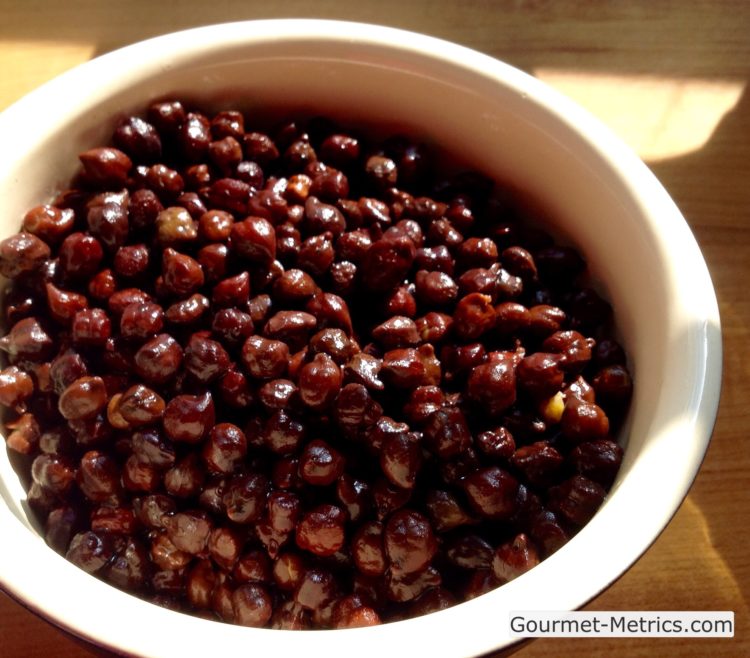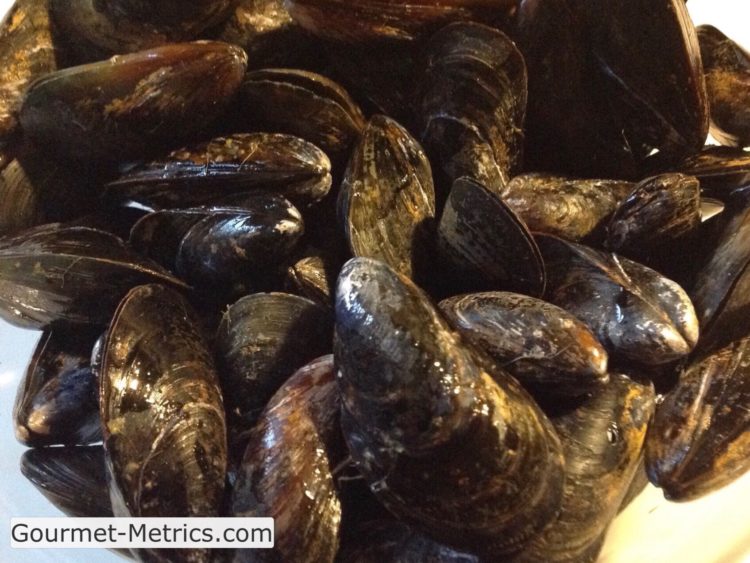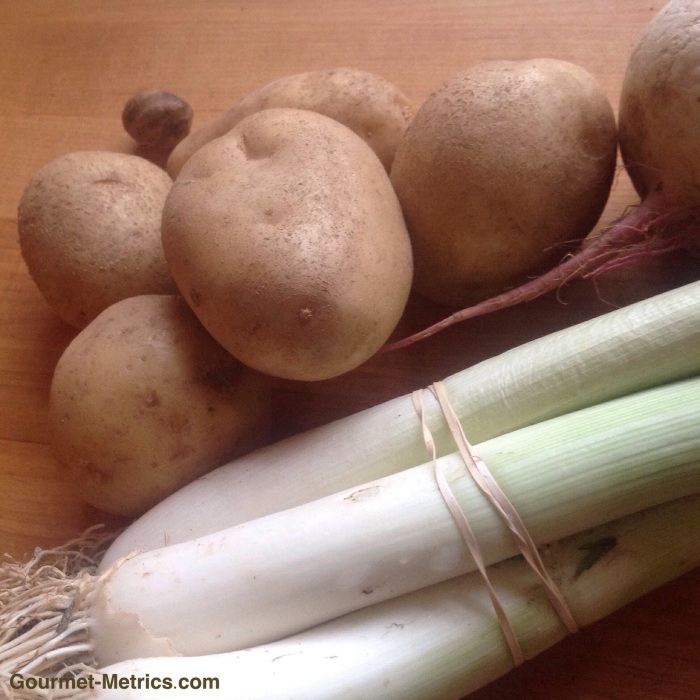It all started because I love La Cucina Italiana. The food photography is breath takingly beautiful and my Italian is good enough to get through a recipe or short article.
Recently the online magazine had a little blurb on ceci neri / black chickpeas. Color was amazing. A beautiful deep dark shad of sepia. Destiny was calling. How could I resist?
So I googled black chickpeas and began my search. I discovered these little beauties were declared a heirloom vegetable recently and just in time too to keep them from disappearing forever. Asking around if anyone ever heard of a black chick pea, one of my Italian colleagues said yes she heard of them, even seen them in the market but never tried them. Another colleague, an ex-pat American living in Rome, replied she had also heard it them but thought black chickpeas were only used for animal feed.
One benefit of living in New York City is everything is for sale somewhere. And sure enough in the deepest darkest bowels of industrial Queens I found an Italian wholesale importer who was willing to sell me one kilo bag. I took a subway and walked the rest of the way to the warehouse and returned with my kilogram bag.
Once home, I poured out a third of the bag (350 grams), washed them, and started the soaking process. It takes a long time. At least 48 hours to soak plus another 12 hours to cook.
Two days later the water was so black the chickpeas had disappeared from view. Usually I include soaking water when I cook, but this water looked ominous. What to do. A third colleague who runs a cooking school near Bari in the south of Italy came to my rescue via Facebook and confirmed that folks usually toss the soaking water.
Now for the cooking. Twelve hours requires starting pretty early so I started at 7am and finished off about 7pm using fresh clear water. Once soaked and hopefully cooked, my black chickpeas were actually sort of soft and strikingly beautiful. That deep dark intense sepia must be brimming full of phytonutrients but I wouldn’t know where to start to track down which ones.
Now what to do with them …
I tried them in a couple of different dishes and got nothing but complaints. Just between you and me, the taste was okay for my palate, more robust and earthy than the usual ones, but even after all that soaking and cooking, they were dense and still distinctly chewy.
The only preparation I could find that worked was hummus. I added lots and lots of tahini along with a good amount of olive oil, lemon juice, and salt. All to taste. I used so much tahini in fact I lost track of how much so I couldn’t run my usual nutrition numbers.
The black chickpea hummus was edible, attractive, and acceptable to the folks at my table.
Waste not. Want not. I am committed to repurposing.
We ate lots and lots and lots and lots of black chickpea hummus.
Culinary excursions are always exciting. Sometimes you discover wonderful new foods you love and can’t live without. And sometimes you learn why you’re the only one out there chasing the illusion ceci neri.




